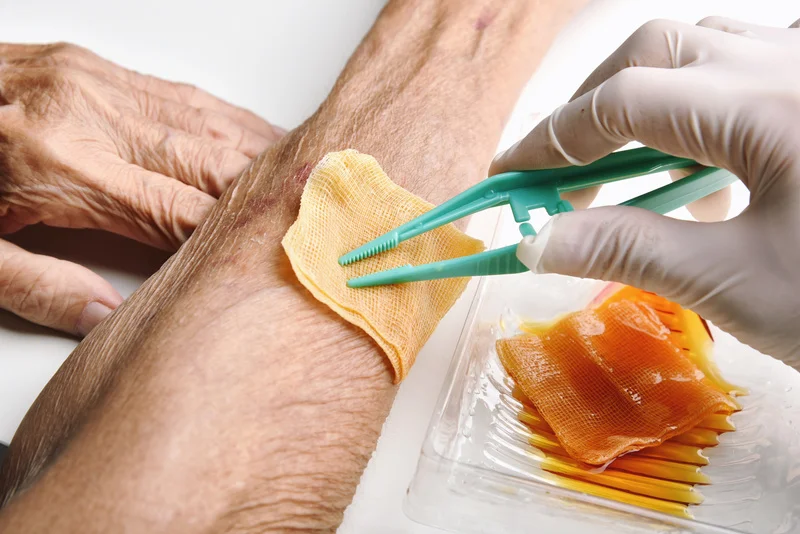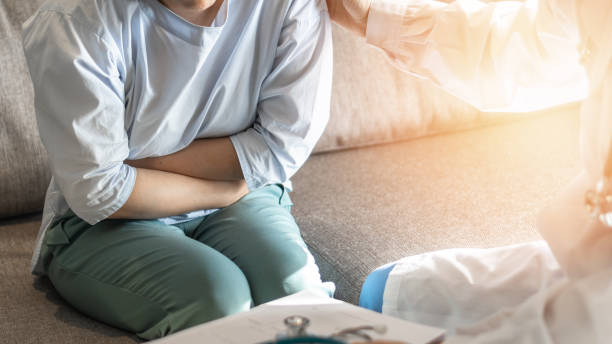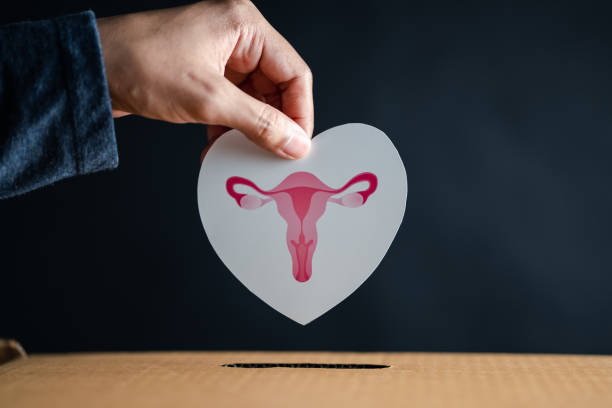Spider veins, those small, visible veins that often appear on the legs and face, are a common concern for many people. While there are various medical treatments available to reduce or eliminate them, some individuals seek out alternative methods, such as massage, in the hope of improving the appearance of their spider veins. But can massage help treat spider veins, or is this just a myth?
In this guide, we’ll explore the myths and facts surrounding spider vein massage treatment to help you better understand its role in managing this condition.

What Are Spider Veins?
Spider veins are tiny, dilated blood vessels that appear close to the surface of the skin. They often form in a web-like pattern and can range in color from red to blue or purple. Spider veins are typically caused by weakened or damaged valves in the veins, which prevent blood from flowing efficiently back to the heart. This can result in blood pooling in the veins, causing them to become enlarged and visible. Common factors contributing to spider vein formation include genetics, underlying venous reflux, prolonged sitting or standing, hormonal changes, sun exposure, and aging.
Can massage help spider veins? Myths vs Facts
When it comes to treating spider veins, massage therapy is sometimes suggested as a potential remedy. However, it’s essential to separate the myths from the facts to understand whether massage can truly be effective.
Myth 1: Massage can eliminate spider veins.
Fact: Massage cannot eliminate spider veins. While massage may offer some benefits for circulation and muscle relaxation, it does not have the ability to make spider veins disappear. Spider veins are caused by damaged blood vessels, and no amount of manual manipulation (such as massage) can repair the underlying structural damage in the veins.
To effectively treat spider veins, medical procedures such as sclerotherapy or VeinGogh are required to collapse the veins, allowing the body to reabsorb them. Massage simply cannot achieve this result.
Myth 2: Massage can prevent spider veins from worsening
Fact: Massage may help promote better circulation, which might potentially reduce the likelihood of spider veins worsening, but it will not prevent them from forming or progressing entirely. Spider veins are often caused by a combination of factors such as genetics, age, and prolonged sitting or standing. While improving circulation through massage may help alleviate some discomfort associated with spider veins, it won’t directly stop the condition from progressing.
If you’re prone to spider veins, other preventive measures, such as wearing compression stockings, maintaining a healthy weight, and avoiding prolonged standing or sitting, may be more effective in preventing new veins from forming.
Myth 3: Massage can break up blood clots in spider veins
Fact: Massage should never be used to treat spider veins with the goal of “breaking up” blood clots. Spider veins are not typically associated with dangerous blood clots, but applying pressure to veins that have significant venous issues could cause harm if deeper vein problems, such as deep vein thrombosis (DVT), are present. Blood clots in deeper veins are a serious medical condition and should only be treated by a healthcare professional.
As a matter of fact, overly aggressive massaging could result in the rupture of fragile blood spider vessels, which may in turn cause bruising.
If you suspect you have blood clots or deeper vein issues, it’s essential to consult with a doctor for proper diagnosis and treatment.
Myth 4: Massage improves circulation and reduces symptoms
Fact: Massage can indeed help improve circulation, which may alleviate some symptoms associated with spider veins, such as heaviness, discomfort, and swelling in the legs. By promoting blood flow, massage can reduce the pooling of blood in the veins, which may help relieve some of the pressure on the affected veins.
However, it’s important to note that while massage may offer temporary relief, it won’t address the root cause of spider veins. For long-term relief and improvement, a detailed evaluation of your condition with a personalized treatment plan is recommended.

Benefits of Massage for Spider Veins: What It Can Help With
While massage cannot treat or eliminate spider veins, it may offer some benefits for those dealing with this condition. Here’s how massage might be helpful:
- Improving Circulation: Massage can enhance blood flow and circulation, which can help reduce the pooling of blood in the legs and provide relief from some of the symptoms associated with spider veins, such as swelling or heaviness.
- Relieving Discomfort: For individuals who experience aching or soreness in the legs due to spider veins, gentle massage can provide temporary relief by relaxing the muscles and improving circulation.
- Reduced Swelling: If swelling is a concern, particularly in the legs, massage can help reduce fluid buildup by stimulating the lymphatic system and improving the flow of lymphatic fluid, which can reduce inflammation.
- Relaxation and Stress Relief: Massage offers general relaxation benefits that can reduce stress, which in turn may help improve overall circulation. While this won’t directly impact spider veins, reducing stress can support overall health and well-being.
Best Practices for Massage if You Have Spider Veins
If you choose to receive massage therapy and have spider veins, there are a few best practices to follow:
- Opt for Gentle Techniques: Choose a massage therapist who understands your condition and uses gentle techniques, especially in areas with visible spider veins. Avoid deep tissue massage or excessive pressure on the affected veins.
- Consult a Professional: If you have concerns about your spider veins or suspect other venous issues, consult with a healthcare provider before starting massage therapy. They can advise you on whether massage is safe and appropriate for your condition.
- Pair Massage with Medical Treatments: For those looking to treat spider veins effectively, massage can be used as a complementary therapy in addition to medical treatments like sclerotherapy.
Medical treatments for spider veins
If you’re looking for a long-term solution to spider veins, massage alone won’t be sufficient. Consider consulting with a vascular specialist to explore medical treatment options that can effectively reduce or eliminate spider veins. Some common medical treatments include:
- Sclerotherapy: A solution is injected into the spider veins, causing them to collapse and fade over time.
- VeinGogh Ohmic Thermolysis: Minimally invasive treatment for spider veins that uses microburst technology to deliver controlled, high-frequency electrical energy directly to the affected veins. This energy generates heat, causing the veins to collapse and eventually be absorbed by the body.
- Radiofrequency Ablation: Minimally invasive procedure that uses radiofrequency energy to heat and close off the affected veins. This treatment does not directly target the spider veins, but is used for larger truncal veins (ie the “root cause” of the spider veins), when there is evidence of venous reflux on the ultrasound scan. The heat from the radiofrequency energy causes the vein to collapse, and the body reroutes blood through healthier veins. Treating the underlying reflux will not only help mitigate the risk of recurrence of spider veins, but also treat concomitant symptoms of venous reflux (eg. heavy crampy legs, swelling)
By directly addressing the spider veins as well as their potential root cause, these treatments provide more effective and lasting results than massage.
Concerned About Spider Veins?
Spider veins may seem small but can indicate deeper issues. Discover treatment solutions that improve both appearance and circulation.

Conclusion
While massage can offer some benefits for circulation and symptom relief, it is not an effective treatment for eliminating spider veins. The idea that massage can treat spider veins is a myth, as only medical procedures like sclerotherapy can truly address the spider veins. However, massage may be used as a complementary therapy to improve circulation and provide temporary relief from discomfort.
If you are concerned about your spider veins and are seeking long-term solutions, it’s best to consult with a healthcare provider to explore the most effective treatment options for your condition.

















